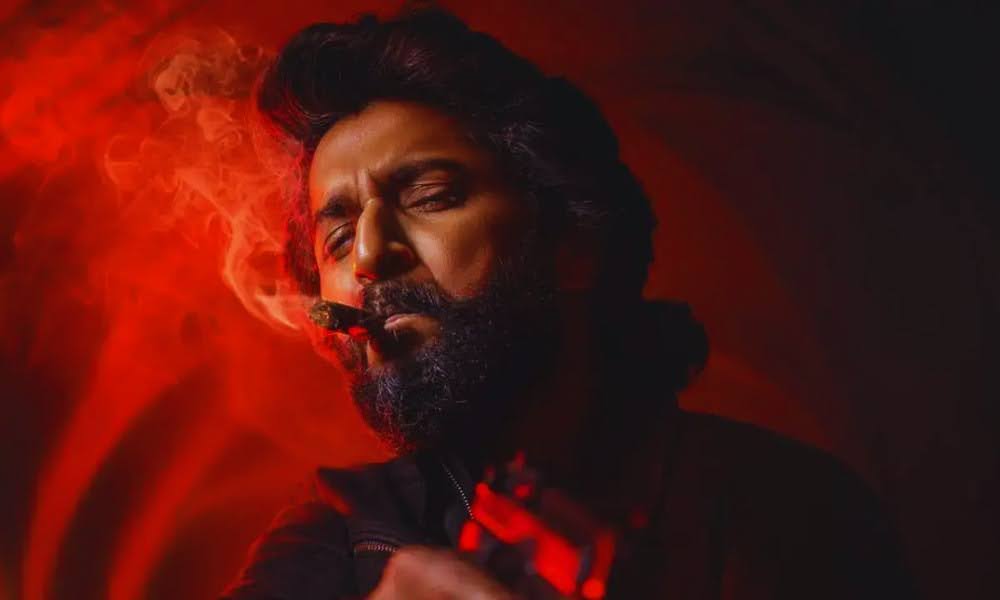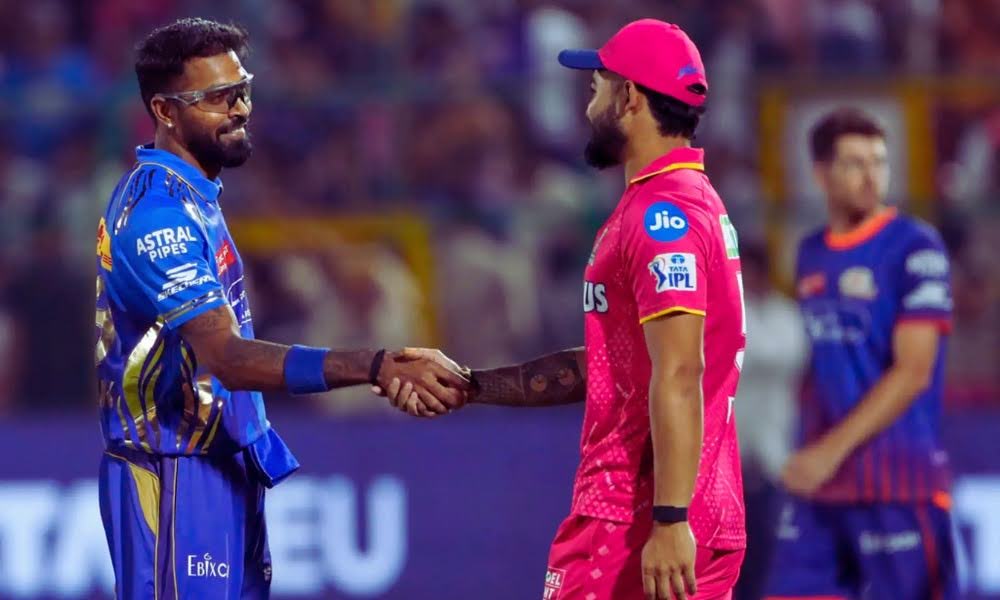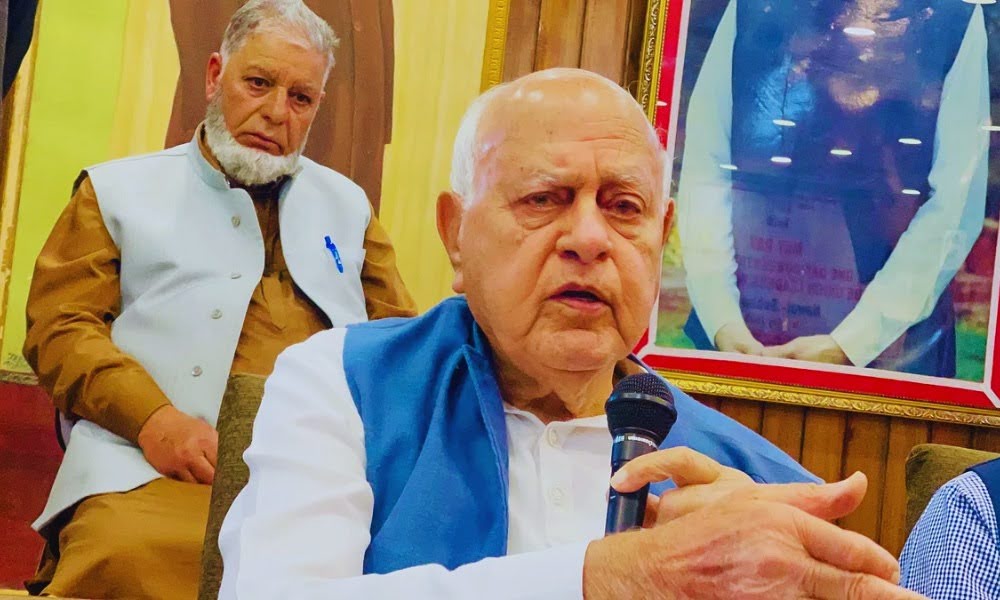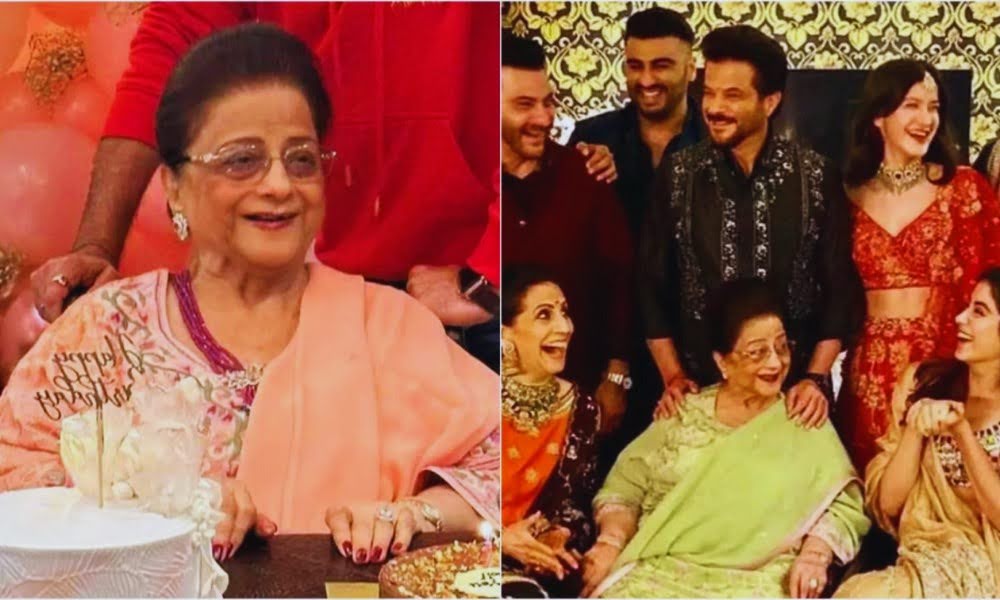HIT 3 Movie Review: Nani’s Darkest Avatar Yet Balances Grit and Fan Service, But at a Cost

In HIT: The Third Case, a character calls Arjun Sarkaar’s (Nani) actions “classy”. But Arjun’s sharp retort—“This time, I’m showing the real me”—signals a major shift.
When warned he “cannot survive here”, his calm response is, “I’ve been hearing that since the beginning of my career.” These lines, though referring to Arjun, appear to reflect Nani’s own journey in Telugu cinema.
A Darker Turn for the Franchise
Director Sailesh Kolanu ventures into fan-service territory, casting Nani—known for his affable screen presence—in a raw, violent avatar.
With an ‘A’ certificate, the film marks a departure from the earlier slow-burn investigations of the HIT series, opting instead for intense bloodshed. While some scenes are impactful, others feel overly drawn-out or overly constructed.
Arjun Sarkaar: A Cop with Many Layers
Replacing Krishna Dev (Adivi Sesh), Arjun is now SP of the Homicide Intervention Team’s Visakhapatnam unit. His reputation as a brutal officer precedes him.
While he may come across as dangerous, the film gradually reveals his emotional side. Like Vikram from HIT 1, who battled PTSD, Arjun too has personal demons—midlife struggles, health issues, and dissatisfaction.
Nani embracing a mature role, complete with grey hair, is a commendable move.
A Story Spread Across India
The film injects humor in Arjun’s strained bond with his father (Samuthirakani) and his awkward dating experiences.
Although the non-linear narrative aims to build intrigue, seasoned viewers may predict its course early.
The story spans across Kashmir, Bihar, Jaipur, and Arunachal Pradesh—though the crimes themselves could occur anywhere, this broad scope raises the stakes within the HIT universe.
Elements Both Familiar and New
While HIT 1 and 2 stood out for procedural accuracy and quirky touches like helpful pets, HIT 3 replaces these with equally creative narrative tools.
The title card again appears at a key turning point, and characters from past films return briefly or in pivotal roles. The romantic subplot, initially a detour, is ultimately woven meaningfully into the larger plot, though it raises questions about Arjun’s usually sharp instincts.
Transition from Mystery to Mass Action
The tone shift becomes apparent post-intermission, moving from a structured mystery to all-out action. The cinematography by Sanu John Varghese enhances this tonal transition.
While visually arresting—especially the surreal violence—some scenes drag, particularly the pre-climax and climax action blocks.
Mickey J Meyer’s background score complements the atmosphere, but the film loses some of the mystery that defined its predecessors.
Moral Ambiguity and the Line Between Good and Evil
The film explores the thin line between law enforcement and lawbreaking. Arjun, like Sherlock Holmes’ Moriarty counterpart, exists in a grey zone.
Nani portrays this complexity with conviction, breaking free from his usual romantic and comedic roles to deliver a fierce, layered performance.
Limited Ensemble, But Memorable Additions
Unlike earlier films that relied on ensemble casts, HIT 3 keeps the spotlight squarely on Arjun. Still, Chaithu Jonnalagadda and Komalee Prasad make their mark, and Srinidhi Shetty adds grace and intrigue, despite her character’s predictable twist.
A noteworthy moment comes when Arjun compliments a female colleague solely on merit, reinforcing the film’s gender-neutral stance on competence.
Unique Touches Amid Gritty Action
Despite the grim tone, there are quirky moments: Arjun softens his language around women and pravachana snippets by Chaganti Koteswara Rao add a humorous twist.
The antagonist, played by Prateik Babbar, brings unexpected menace, avoiding the typical Bollywood-style villain. His self-proclaimed ‘alpha’ status adds ironic flair.
Balancing Action and Franchise Expectations
Although the film aims for mass appeal, it falls short of satisfying fans of the franchise’s signature suspense.
With Arjun narrating the story to a fellow inmate while under trial for murder, we dive into a bloody investigation in Kashmir.
This backstory unfolds in three parts: an engaging but slightly stretched first half, an abrupt genre shift post-interval, and a final half hour of pure action spectacle.
A Visual and Technical Treat
The film’s technical aspects—cinematography, set design, prosthetics, and music—elevate its impact. The visuals are convincing and engaging, particularly during action scenes.
A special mention goes to the prosthetic work, including severed limbs that feel disturbingly real.
A Film Trapped Between Two Worlds
Ultimately, HIT 3 straddles the line between being a part of the investigative HIT universe and an action-heavy commercial film.
It doesn’t fully succeed at either but offers enough thrills and Nani-driven moments to entertain fans. It may not please those expecting the soft-spoken Nani of earlier roles, but it signals a bold evolution for both the actor and the franchise.








